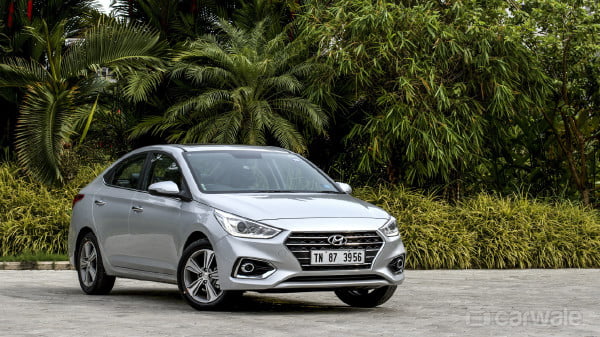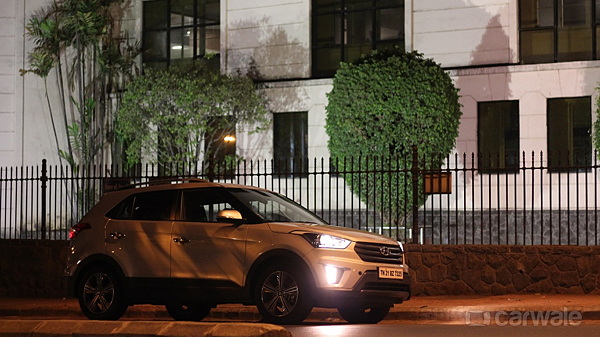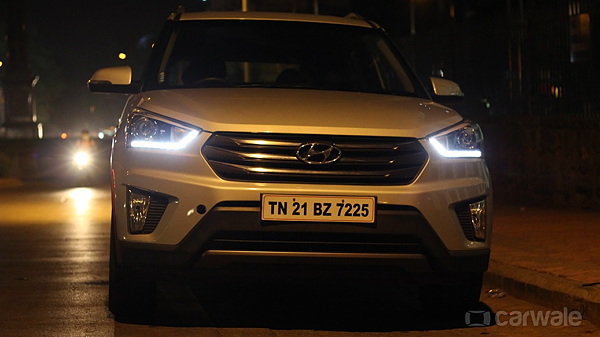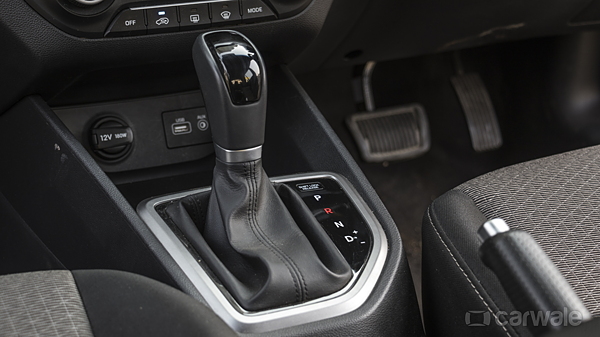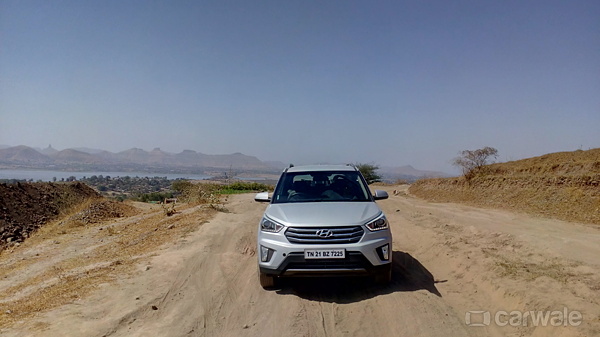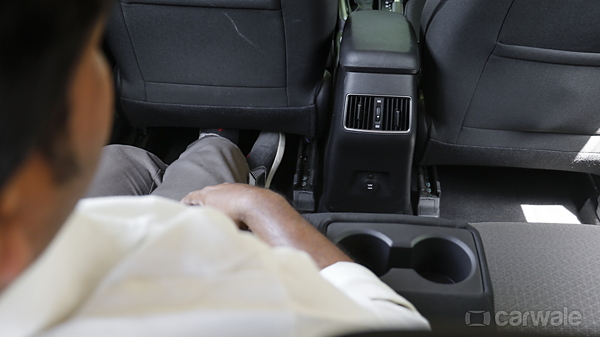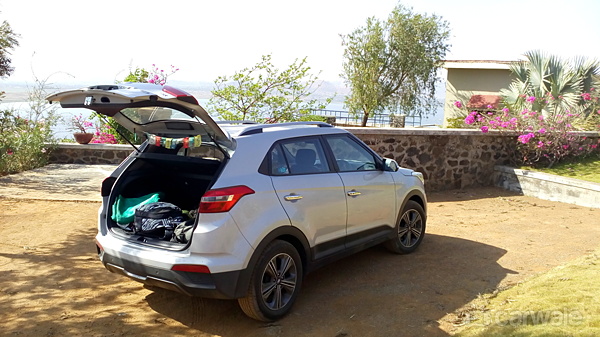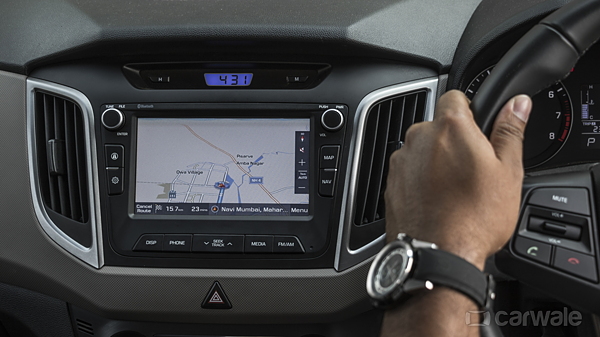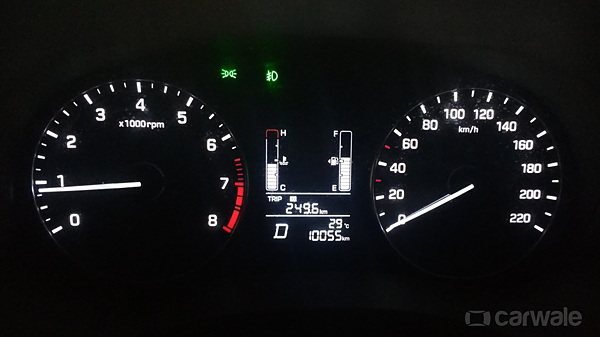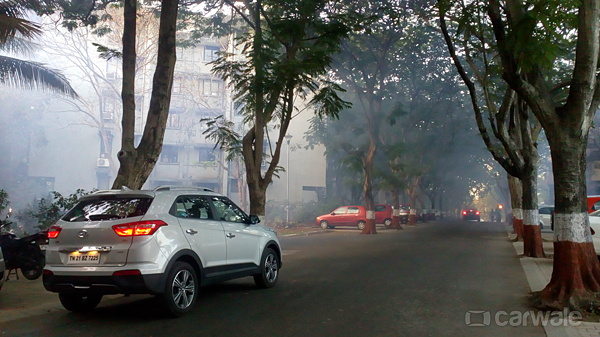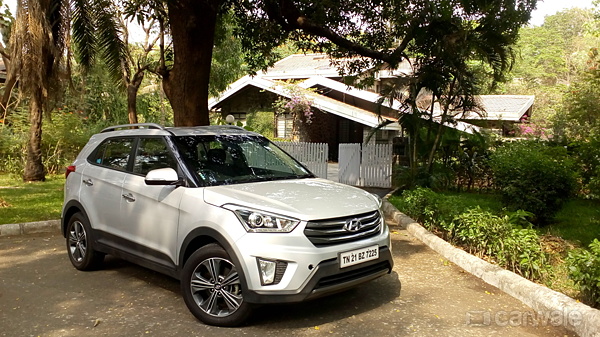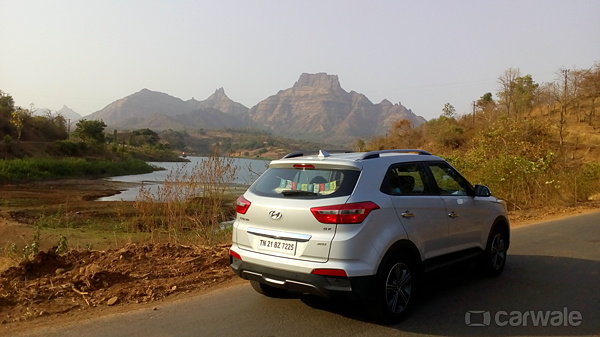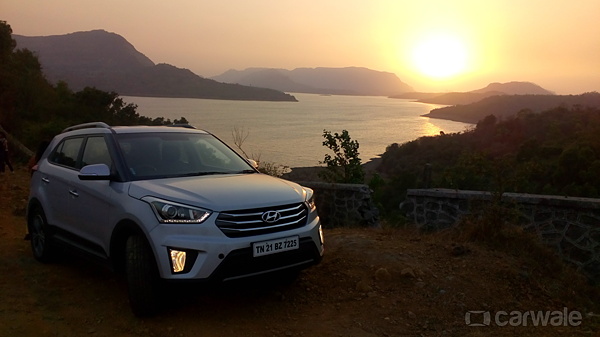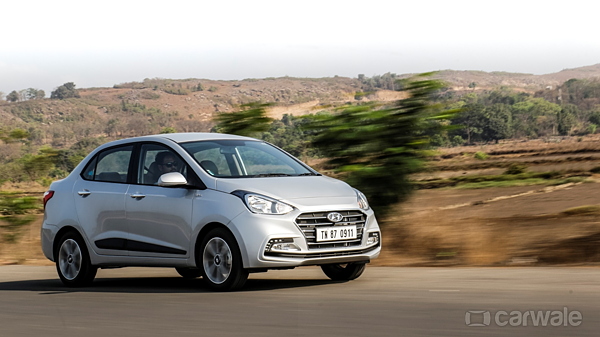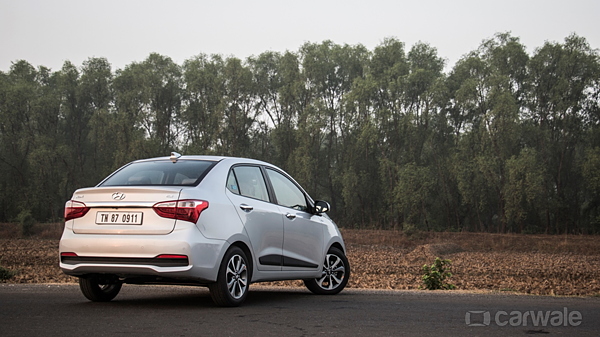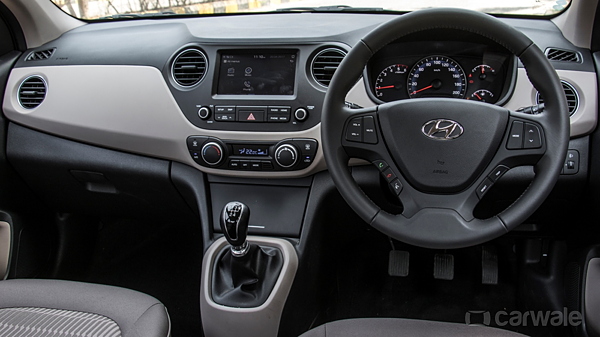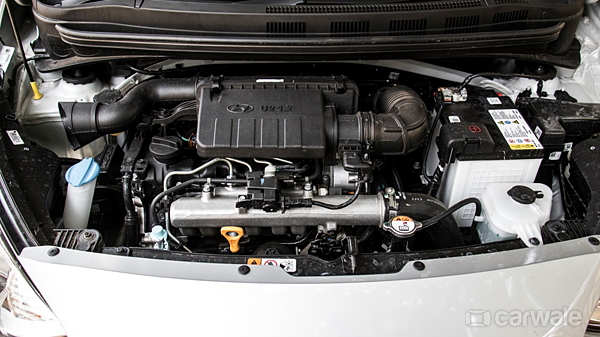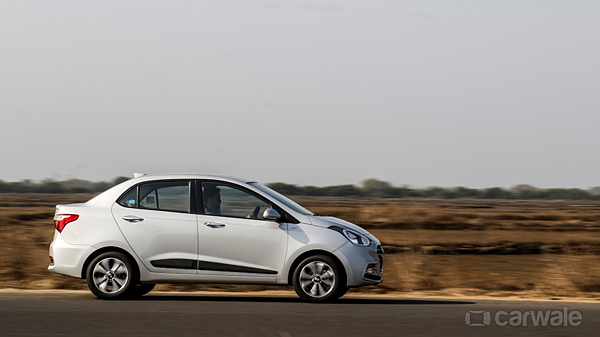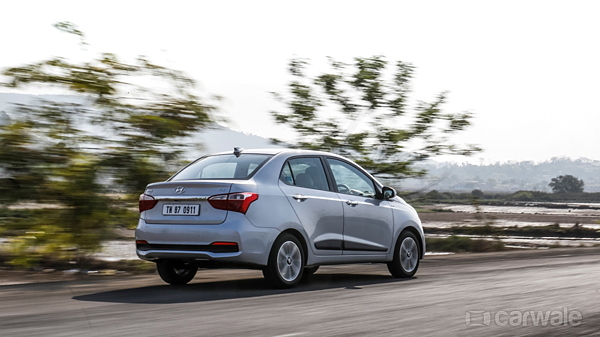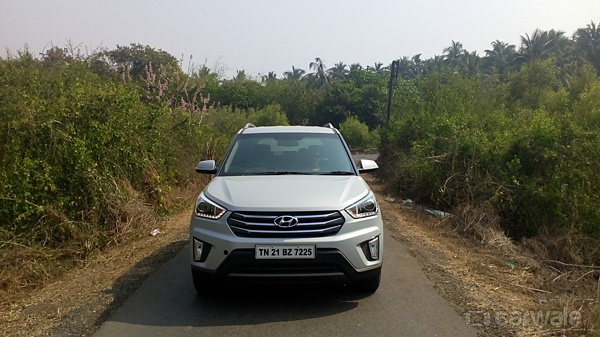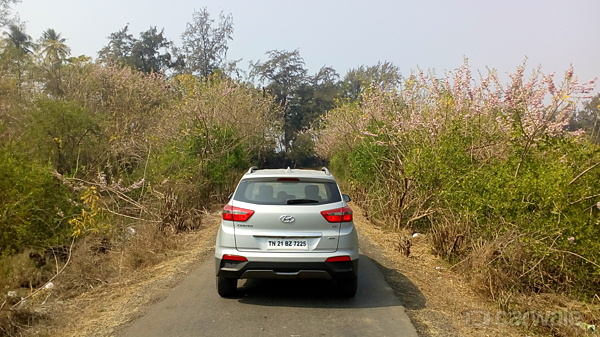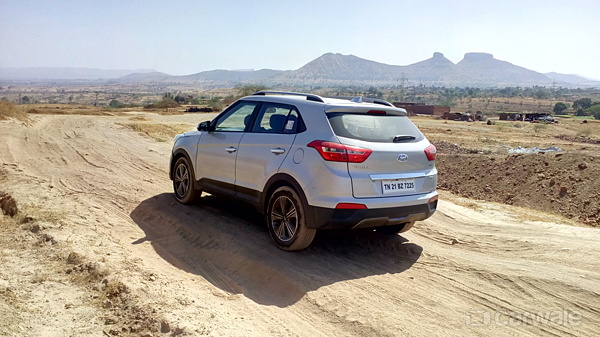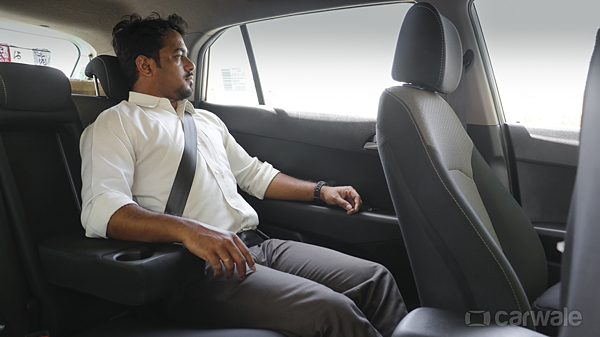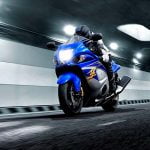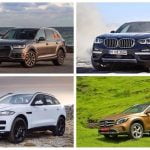
Why will I buy the Hyundai Verna diesel?
For its extremely torquey engine, bucket load of features and new-found ride and handling balance.
Why will I avoid the Hyundai Verna diesel?
Lack of rear legroom.
The Hyundai Verna has been around for a long time now. With 3.18 lakh units sold in India and with over 8.8 million customers worldwide, it’s safe to say that the Verna is one of Hyundai’s most popular sedans and not without a reason. The car across all its generations was known to be extremely comfortable, offering plenty of features and very good value for money. The new car promises to offer all that more.
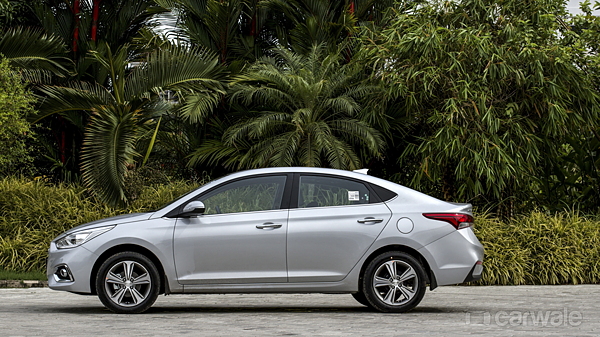
Styling-wise the Verna is a good looking sedan. Hyundai has made sure it hasn’t taken an ultra radical approach to design. According to Hyundai, being too bold also runs the risk of the car ageing too soon and as a result you have the new Verna balancing it out between radical and conservative. The silhouette is quite similar to the earlier car but look closely and the new details come through. The front now gets the new family face that you see in the Xcent and the Elantra thanks to the chrome cascade grille. Now the thing is that the front bumper also gets a very aggressive chin spoiler and splits the air dam from the grille. The transition from the grille to the air dam could have been executed better. This is the only area which does not blend well. The swept back projector headlamps are now smaller than before and also get LED DRL’s which is the norm these days.
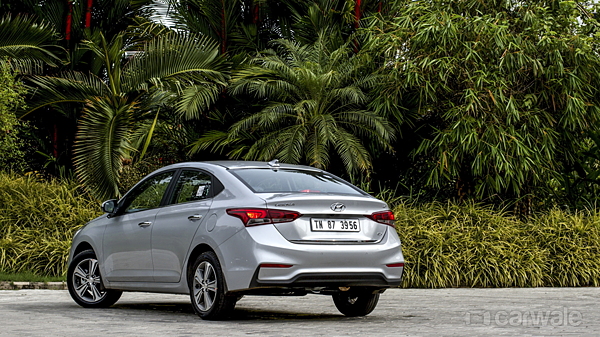
The side profile is brought to life with the 5-spoke 16-inch alloy wheels which get kind of a gunmetal grey finish. They really stand out giving the car a sporty appeal. Unlike its Japanese competition you don’t see too many cuts and creases for additional drama. Can’t say the same about the rear though, which has plenty of visual drama and is pretty much the best angle of the new Verna. It’s tightly designed with a lip spoiler and a faux diffuser adding the sporty elements and the split type LED taillamps with LED guides adding a premium appeal. The new Verna then isn’t a ground breaking car when it comes to design, but its good looking car that is sure to be hated by none.
How is it on the inside?
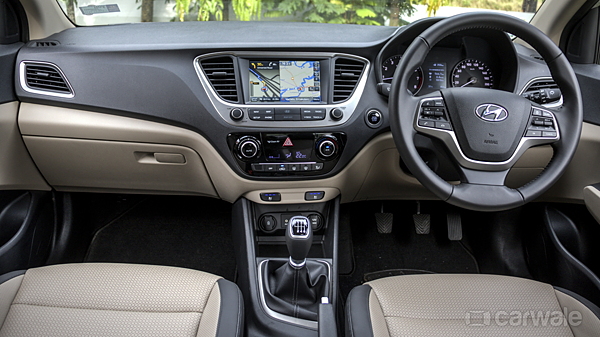
If there’s one manufacturer who knows how to liven up the interiors, its Hyundai and the new Verna is no different. You get a dual tone dashboard and thankfully there’s more of black than beige. Hyundai has made sure it offers a driver centric layout and as a result everything falls to hand easily. The whole dashboard however we think takes up a lot of space and it could have been designed to generate more room in the front. Also the dash gets hard plastics and Hyundai could have given it a soft touch feel to make it more premium.
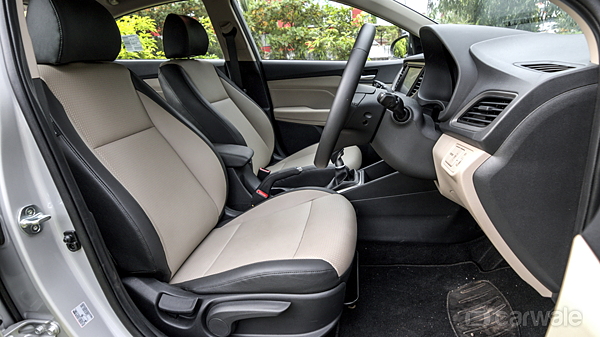
The driver seats are extremely comfortable and adjusting it to ones preference takes no time at all and more importantly are ventilated which is a segment first. Nothing like a cooled seat on a hot day. The steering feel feels great and is just the right size. The buttons work and feel good but lack the tactile feel of the Germans.
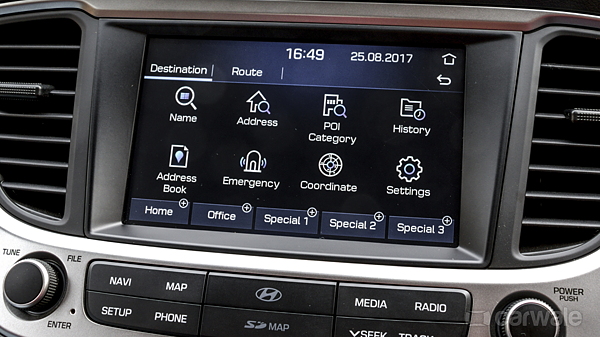
The big news up front is the new infotainment system. Staring at you in the centre is a 7-inch IPS capacitive touch-screen AVN which comes with Apple Carplay, Android Auto and Mirror Link for seamless integration of app based navigation, streaming audio, voice controlled search capabilities and smart phone applications. It also gets 6 speakers along with Smart Surround Sytem by Arkamys and it does sound the part. Another first from Hyundai is the Eco Coating Technology which prevents unpleasant smell to develop in the AC Evaporator by degrading the micro-organisms developed in the AC Evaporator Core. How well this works will have to be seen over a prolonged duration.
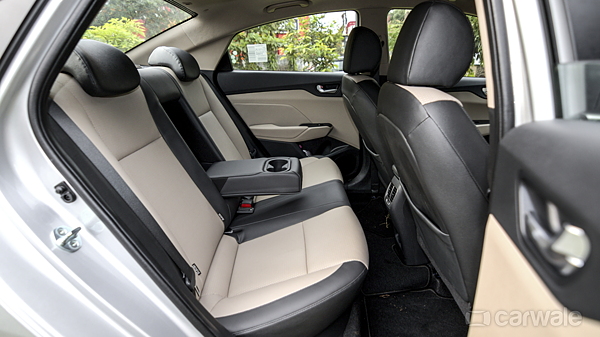
Moving to the back, the seats are pretty comfy. Under thigh support is average at best, but what won’t make it comfortable is the legroom. The legroom at the back is just about average and more so when you have a tall driver behind the wheel. Compared to its immediate rival, the Honda City, the Verna does fall short here. Legroom aside there is plenty of storage and you even get a USB charging port at the back. And you get rear ac vents and a manual rear windscreen blind. Boot space at 480 litres is up over the earlier car and also gets a hands free smart trunk that will allow the passengers or the drivers to open the fifth door just by waving at the sensor.

You also get to choose from as many as 6 airbags, a reverse camera and rear parking sensors along with ABS and EBD among other features making the Verna a very well equipped car should you choose the top variant.
How does it drive?

The Verna comes with the same 1.6 litre petrol and diesel as before. Let’s look at the diesel here. For now, Hyundai isn’t offering the 1.4 litre diesel, but we are sure the new GST implementations might force it back under the hood. With 126bhp@ 4000rpm and a meaty 245Nm @1500-3000rpm, it’s still the most powerful diesel in its class. Hyundai has worked on the NVH levels and it shows being one of the most refined cars in its segment. The big news however is the gearbox. Hyundai has finally junked the 4-speed auto and replaced it with a 6-speed auto. The manual 6-speeder is retained.

If you were a little disappointed with the carried over powertrains, here’s something to perk you up, the all-new K2 platform. The last-gen car’s ride and handling package was its major Achilles heels and based on the feedback, Hyundai has worked extremely hard to improve it by bringing in the new platform. The K2 platform gets ‘super body structure’ which is built on an advanced high strength steel structure that ensures extremely good rigidity and crash performance.
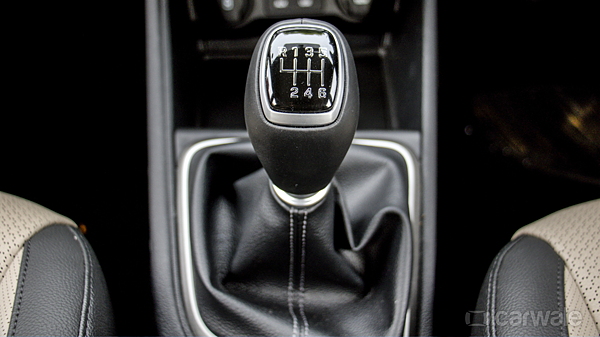
Despite all the cars available at the drive, a not so well planned schedule meant we only got to drive the manual diesel. Push start the diesel motor and you immediately notice the refinement. Yes a little a bit of diesel clatter can be heard but it’s negligible. The clutch feels light and the throws are nice and crisp. The engine builds power in a very linear fashion and builds up speeds quite quickly. Outright acceleration is plenty good but the drivability is even better. No matter what gear the car is in, with the torque available at as low as 1500 rpm, it’s always in the meat of the powerband. The engine revs pretty freely as well and it’s only past 4.5k rpm that it starts feeling coarse. While the power and torque figures are identical to the earlier car, Hyundai has re-tuned the engine to deliver more power at the bottom end.
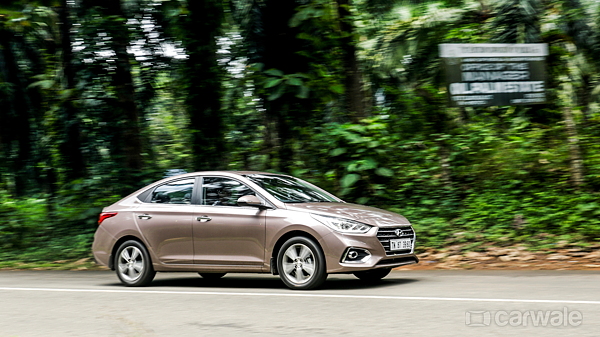
Like we mentioned before Hyundai has worked plenty hard to sort the ride and handling issues of the previous car. So along with a brand new stiff chassis, the Hyundai has also changed the rear shock absorber position by making it vertical and tuning the McPherson struts upfront. A hydraulic rebound shocker has also been included to smoothen out the vertical shock movements. The mountings for the shock absorber have also been changed for reduced suspension clatter and we can tell you for sure that it works great. The steering rack is all-new too and is way more responsive.
Out on the road, the steering feels unlike Hyundai’s of yore. Gone is the dead, lifeless feel of the older car. The steering still feels light at low speeds, but weighs up nicely as the speeds build up. And this along with the new suspension and chassis set up does wonders for the Verna. The car feels taut and rolls a lot less than before. Yes it’s still tuned for comfort and does roll when pushed, but at the same time feels extremely confident while being pushed. Ride quality is stiffer now but Hyundai have struck the right balance here. Going over bad patches, we just felt muted thumps with the car taking in all the undulations with utmost ease. Full marks to Hyundai here.
Why should I buy one?
If you are considering a mid-size sedan, the new Verna makes a very strong case for itself. It looks good, comes with a bucket-load of features and now even rides and handles well. It’s got a good list of segment first features and that takes the Verna to the next level compared to the competition. The only place it struggles is rear legroom especially when you compare it with its immediate rival, the Honda City which feels and looks like a bigger car. But what it loses in space it gains in price. The base Verna diesel undercuts the base City diesels price by a whopping 88k which is a huge amount. The other advantage is that the Verna gets a diesel AT too which the City lacks. However even the top end diesel Verna AT SX+ undercuts the top end City ZX diesel by over a lakh, and that makes the Verna a bargain deal of sorts. Mind you these are introductory prices which will go up soon.
Where does it fit in?
Bang in the middle of the mid-size sedan war. Hyundai expects to sell 4-5000 units of the new Verna every month which is a big number considering the Honda City sells about 5-6000 units a month. Apart from the City, the Verna will also have to contend with the Maruti Ciaz, Skoda Rapid and the Volkswagen Vento.
Photos: Sagar Bhanushali
First Drive Preview
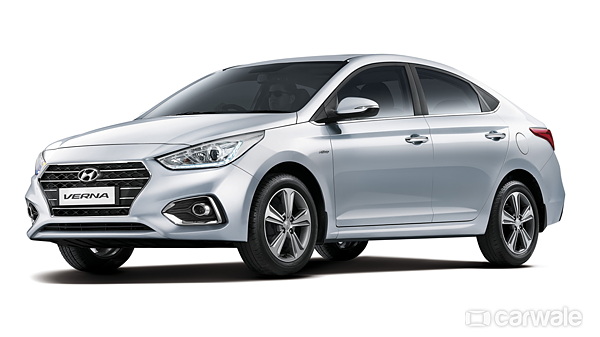
The mid size sedan segment ‘was’ pretty much one of the most popular segment in the Indian automotive scene, however of late the limelight has been stolen by compact SUV’s and hatchbacks that pretend to look like SUV’s. In a bid to bring the excitement back into the sedan segment, manufacturers are loading their cars to the gills with high tech features and promise a better driving experience as well. Skoda did a major rework on its Rapid and Honda just spruced up its ever popular City as well. From Hyundai’s end, the Verna has been quite a popular sedan but it was majorly due for an upgrade and now the Korean giant has finally brought in the next-gen Verna to take the fight to the competition.
The fluidic Verna when launched was a real sensation when it came to design, especially since its predecessor was quite a bland design. The new car isn’t nearly as ground breaking when it comes to the design, but is more of an evolution. It gets the family’s cascading grille along with a more sleeker profile. We especially loved the gun-metal grey 5-spoke alloy wheels which really stand out. The car is also grown with the wheelbase going up by 10mm, length by 15mm and is also 29mm wider.
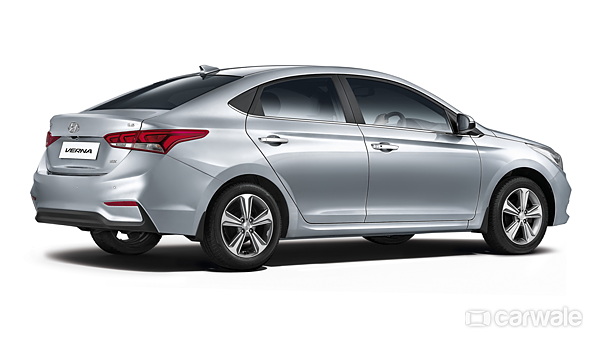
On the insides again, it isn’t a great leap forward but still quite pleasing. Hyundai loves beige and the dashboard gets black and beige dual tone treatment. It also gets a new 7-inch Arkham infotainment system with IPS panel that gets AppleCarplay, Android-auto and mirror link connectivity. Since the world lives on gadgets these days, you also get two USB ports upfront along with a 12-volt socket. There’s a USB charging port at the back too. Another first in the segment feature that the Verna gets is ventilated seats which should be a boon in those hot summer days. It also gets Eco Coating, that basically neutralises the air inside the cabin and eliminates any odour. Hyundai has also added rear curtains along with handsfree smart trunk making it extremely utility rich. Furthermore, the new car also gets leather upholstery, sunroof, 6 airbags, rear AC vents and then some.
On the mechanical front, the new car see’s a sea of changes. The platform itself is brand new. The K2 platform gets ‘super body structure’ which is built on an advanced high strength steel structure that ensures extremely good rigidity and crash performance.

Powering the new Verna is a 1.6 litre petrol and a 1.6 litre diesel engine. The talking point here are the power figures which Hyundai claims are best in the segment. The petrol motor makes an impressive 120bhp while the diesel makes a stonking 125bhp. It also gets a 6-speed manual transmission on both the engines. The big news however is the introduction of the 6-speed auto box which replaces the dreary 4 speeder in both the petrol and the diesel motors.
We got a short stint behind the wheel in the diesel variants and we must say the engines had us impressed with power delivery and refinement. Hyundai says it has moved the ride and handling game to the next level too thanks to the new K2 platform and by precise tuning of key suspension components that are vital for ride and handling. We did throw the car around for a bit and it seems Hyundai has finally hit the right balance. But we can only talk about the details once we get to drive the car out in the real world.
The new Verna then has moved the game forward when you compare it to its predecessor. It’s loaded with features, some which are first in its segment. It’s also got the most powerful engines in its class and now with a ride and handling package to match it does make a formidable package. But will it take the fight to the current champion, the Honda City and the likes of the Maruti Ciaz and the Skoda Rapid? Our exhaustive review shall answer that question soon.



